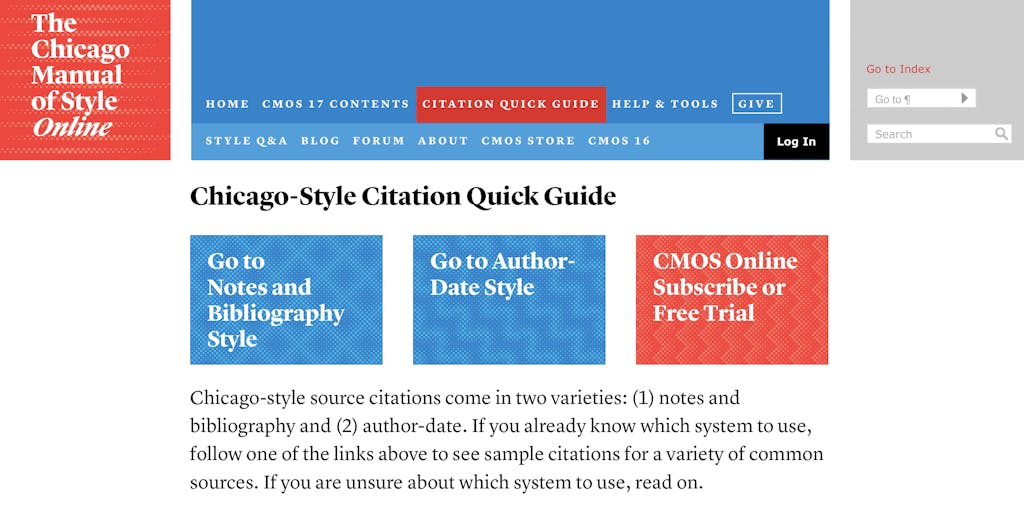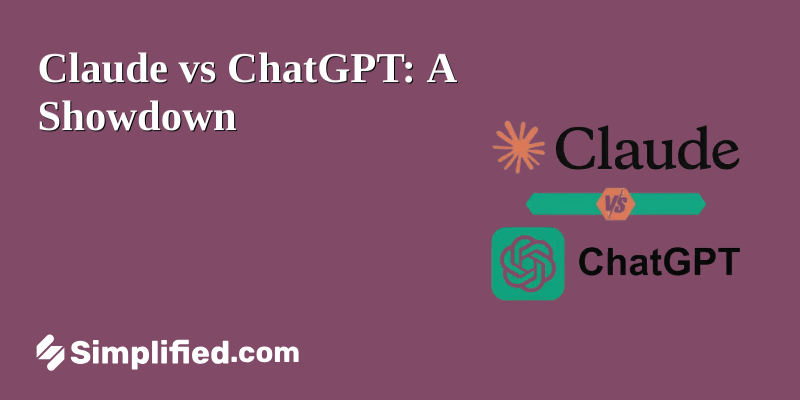If you are writing an academic paper for school, university or making a submission to an esteemed publication, you must have come across citation styles.
But none of us are taught about the different citation styles that we can use for our projects. Different schools and publications use different citation styles.
In this blog, we’ll give you a comprehensive overview of three types of citations, namely MLA, APA, and Chicago. You can also find a FREE citation tool towards the end of the blog to simplify writing academic papers.
Three Types of Citations You Should Definitely Know About
Citations are an essential part of all academic papers as they reflect that your research, results, and derivations are legitimate and from trusted resources.
Here are the three main types of citations you to learn to make your job easier:
1. MLA Form of Citation
The MLA form of citation was developed by the Modern Language Association. It is mainly used in citing sources in literature, linguistics, arts, and similar fields.
This type of citation uses a parenthetical style and is a similar style when compared to other forms of citation.
Most commonly used by students, here’s everything you need to have in an MLA citation:
Name of Author
For a single author, write the last name of the author followed by a comma and the first name. For multiple authors, name the first listed author in reverse order. Add a comma afterwards, and then add the Latin phrase “et al.”
Title of the Source and Container
For citing books or movies, mention the name in italics. If you refer to a particular chapter or article, indicate the title of the piece in quotation form, followed by a period.
Other Contributors
If you wish to include names of other contributors, you can add them in your citation by using the word ‘by.’
Version
Mention the version of the source you are using, as there can be multiple versions of a book or article.
Number
Other than the publication date or version, if you wish to mention a number, you can include it as an issue or volume number. Use the abbreviation vol. for volume and no. for number.
Publisher
The publisher of the source will be cited before the date of publication.
Publication Date
Written at the end of the citation, mention the date, month and year.
Location of the source
Location is the URL or the page number where the source is found.
Note: MLA citations are provided at the end of the paper and it has its own page. You must name the page as ‘Works Cited’ and place the title an inch away from the top and centre align it. Make sure you double-space the document.
Bonus: Top 7 Citation Generators For Accurate & Easy Referencing
2. Chicago Style of Citation
Published by the Chicago Manual of Style, this form of citation is widely used in historical academic papers. There are two types of Chicago Styles:
Notes and Bibliography Style
This style is used by researchers in history, literature, arts and humanities. Usually, a superscript number is mentioned at the end of the liner or a short citation is given to show the source.
The summary of the source is then provided in the footnotes of the page. And the detailed version is provided in the bibliography section in alphabetical order at the end of the paper.
Author-Date System
This style is used in social, natural, and physical sciences. This uses in-text citations and bibliographies and is further enclosed within parentheses.
Here are the main elements of Chicago Style citations to be followed in the manner shown:
- Author
- Title of book/article
- Title of newspaper/journal
- Publication year
- Publication month and date
- Publisher’s name
- City of publication
- Date of access
- Page numbers
- URL
3. APA Form of Citation
The most popular and easiest type of citation in the social sciences is APA, developed by American Psychological Association.
It uses the parenthetical citation format for in-text citations. All APA reference list entries contain four elements:
Author
Invert all individual authors’ names, surname first, followed by a comma and the author’s initials.
Date
You can write the date in any of the following ways:
- year only;
- year, month, and day (i.e., an exact date);
- year and month;
- year and season; or
- range of dates (e.g., range of years, range of exact dates).
Title
The reference’s title element includes the title of a stand-alone work, such as a report.
But, the title of an article or chapter of a larger whole appears in the title element of the reference, while the title of the larger whole (the journal or edited book) appears in the source element.
Source
Citing a source usually takes the following format: Periodical title, volume, issue, page range, and DOI or URL. However, this can differ from source to source.
Bonus: The 7 Best Essay Generators for Stress-Free Academic Writing
Format Citations with Simplified’s FREE Citation Generator
Writing citations is an annoyingly painful task, especially if you have to manually sit and format them as per the given form of citation. But worry not, you no longer need to spend hours formatting citations.
Now that you know about the three different types of citations, check out what style your academic paper demands. Simplified citation generator will format your citations in minutes for FREE. Input the necessary information from your source and select the citation style you need, and that’s it!
No need to double-check or waste hours on the computer. Nail your academic papers with perfectly formatted citations. Whether it’s MLA, APA or Chicago Style, we got you covered.





























